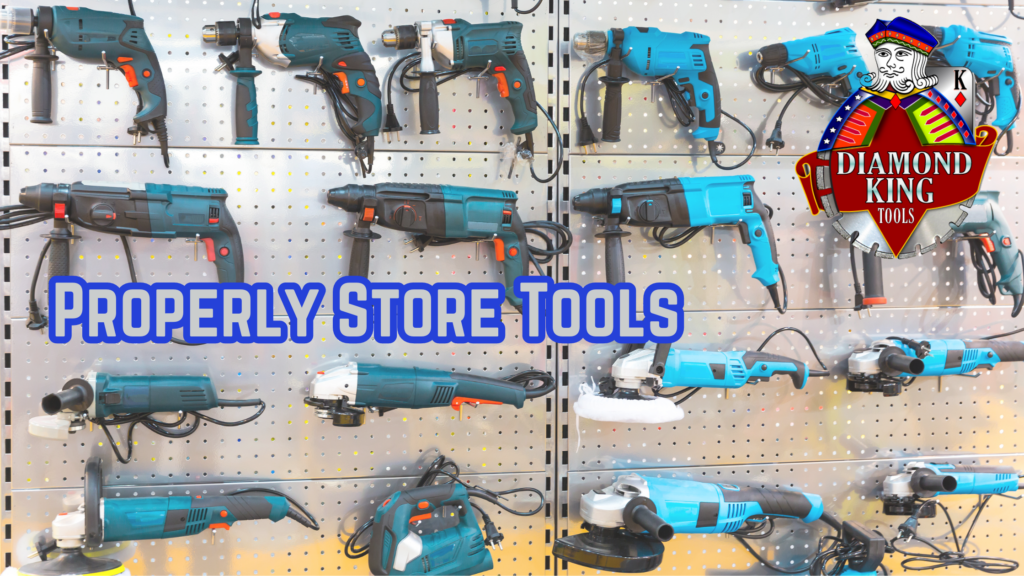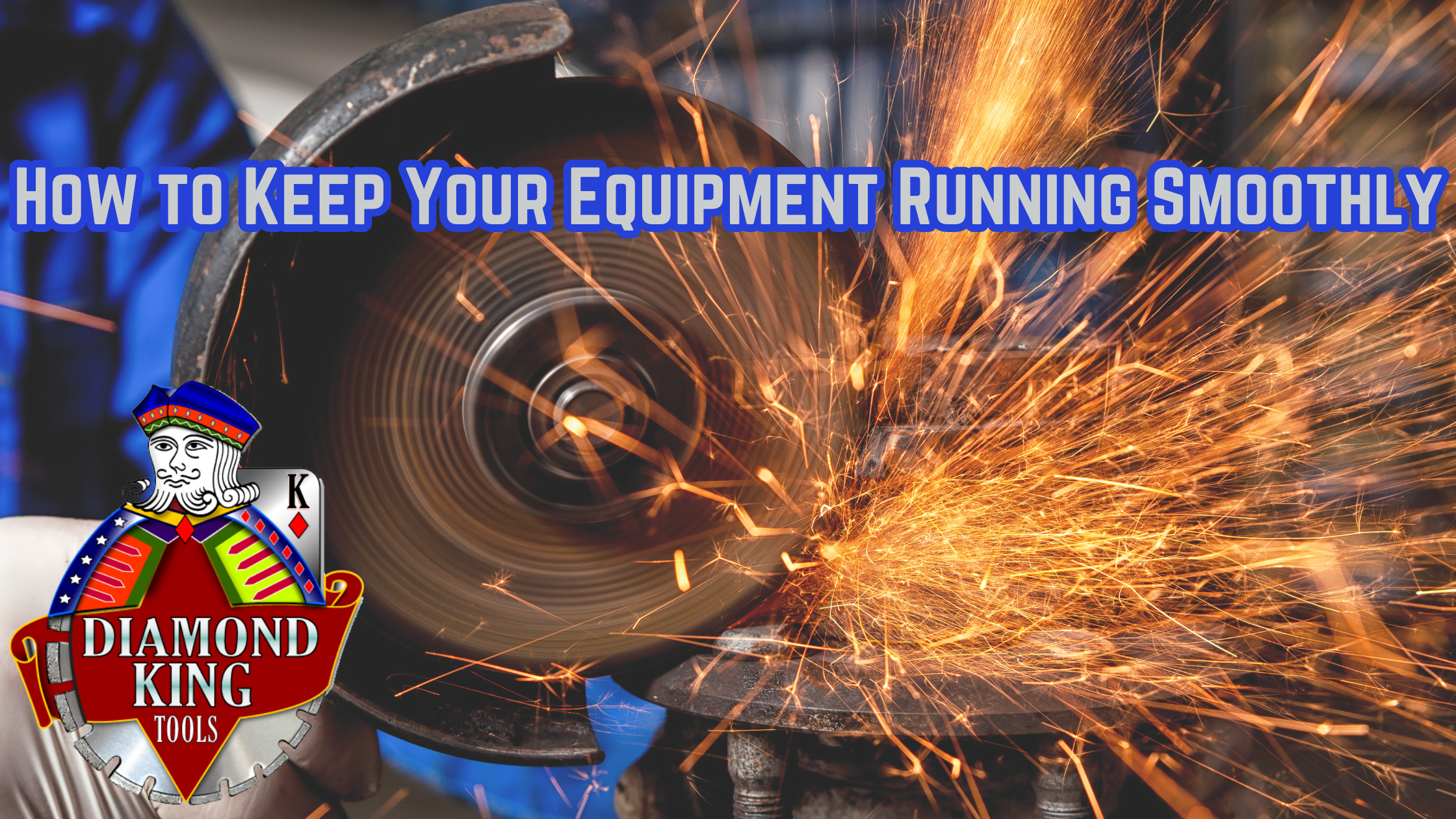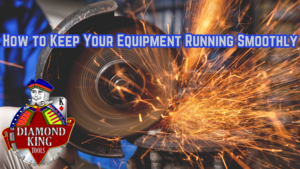Maintaining Your Tools and Equipment: Essential Tips for Prolonging Lifespan
Keeping your tools and equipment in top shape is crucial for maintaining efficiency, safety, and productivity on construction sites. Proper maintenance not only reduces the risk of breakdowns but also saves you money in the long run. In this guide, we’ll cover the best practices for maintaining your construction tools and heavy equipment.
Why Regular Maintenance is Important
Regular maintenance is essential to ensure your tools and equipment perform at their best. Without it, you face the risk of:
- Unexpected Breakdowns: Downtime can delay projects and increase costs.
- Safety Hazards: Faulty equipment can lead to accidents and injuries.
- Reduced Efficiency: Poorly maintained tools work slower and are less effective.
- Increased Costs: Replacing or repairing neglected equipment can be expensive.
By following these maintenance tips, you can keep your construction tools and heavy machinery in optimal condition.
1. Clean Your Tools After Every Use
One of the simplest yet most effective maintenance habits is cleaning your tools regularly. Dirt, dust, and debris can build up, causing wear and tear over time.
Tips for Proper Cleaning:
- Use a brush or cloth to remove dirt and grime.
- For power tools, use compressed air to blow out dust from hard-to-reach places.
- Wipe metal surfaces with a clean, dry cloth to prevent rust.
2. Lubricate Moving Parts
Proper lubrication is key to keeping your tools and heavy equipment functioning smoothly. Lubrication reduces friction, preventing parts from wearing out prematurely.
Which Parts to Lubricate:
- Blades
- Gears
- Bearings
- Hinges
Make sure to follow the manufacturer’s recommendations for lubrication frequency and use high-quality lubricants suited for the tool.
3. Inspect Tools and Equipment Regularly
Routine inspections can help you catch small issues before they become bigger problems. Conduct visual checks for signs of damage, such as:
- Cracks or chips in blades and parts
- Loose screws or bolts
- Frayed or damaged power cords
For heavy equipment, inspect hydraulic systems, tires, and filters for wear and tear.
When to Inspect:
- Before and after each use
- Weekly or monthly deep inspections for large equipment
4. Store Tools Properly
Improper storage is one of the most common causes of tool damage. Make sure to store your tools and equipment in a dry, organized space where they’re protected from the elements.
Best Practices for Storing Tools:
- Keep power tools in their original cases to protect them from dust and moisture.
- Use pegboards or shelves to organize hand tools.
- Store heavy equipment in a garage or covered area to avoid exposure to rain and sun.

5. Sharpen Blades and Replace Worn Parts
Sharp tools are more efficient and safer to use. Dull blades and worn-out parts require more force to operate, which can lead to injuries and equipment damage.
How to Sharpen Blades:
- Use a sharpening stone or tool to maintain a sharp edge on blades.
- For saws and cutting tools, follow manufacturer guidelines on when and how to sharpen.
When to Replace Parts:
- Replace worn-out belts, hoses, and blades when they show signs of wear.
- Don’t ignore unusual noises or vibrations, as these may indicate the need for a part replacement.
6. Follow Manufacturer’s Maintenance Guidelines
Always refer to the manufacturer’s manual for specific maintenance instructions. Different tools and equipment require different care. By following the manufacturer’s guidelines, you ensure that you’re using the correct maintenance methods and intervals.
What to Look for in Manuals:
- Recommended cleaning products
- Lubrication schedules
- Proper operating procedures
7. Train Your Team on Proper Tool Care
If you’re managing a crew, ensure that everyone on the team understands the importance of tool maintenance. Provide training on:
- How to properly clean and store tools
- When to inspect and report damaged equipment
- How to safely operate and maintain heavy machinery
This will not only prolong the life of your tools but also improve overall job site safety and efficiency.
Conclusion
Maintaining your tools and equipment is a critical part of running a successful construction project. By investing time in regular cleaning, lubrication, inspections, and proper storage, you can avoid costly breakdowns, ensure safety, and increase the lifespan of your tools.
Remember: well-maintained tools are safer, more efficient, and ultimately save you money.
For more tips on construction best practices, tool care, and industry updates, be sure to follow our blog!



